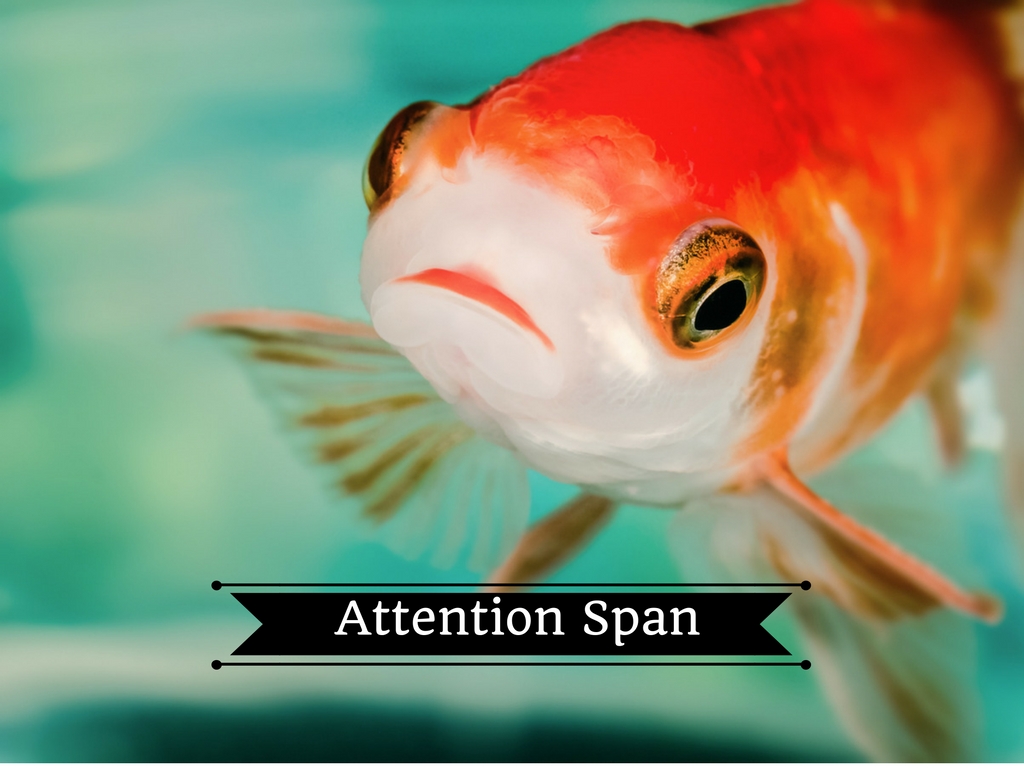Research now shows the human attention span is shorter than a goldfish. This is not good news for teachers. In 2000, the start of the smart phone era, the average attention span was measured 12 seconds. In 2015, our attention span was measured at 8.25 seconds. This is 0.75 seconds shorter than the attention span reported of a goldfish! The tools and tactics taught to teachers a decade ago, may no longer be effective. Teachers have to change strategies to reach the students they find in schools today. Here are a few things teachers must consider in order to be successful:
- Focus on an Engaging Learning Environment: Long lectures are no longer going to cut it. If you hope to deliver material your students will learn and retain, find ways to engage your students. You will need to play to your strengths as a teacher, but a few ideas are: include something tactile and physical in your environment, use projects, and make the classroom an interesting place to be.
- Eliminate Distractions: While a visually appealing classroom can contribute to the student engagement mentioned above, too much business will create the student distraction you’re trying to avoid. You don’t have to fill up every inch of wall space. It’s nice to have a wall of windows in your classroom, but maybe it’s best for students not to face the window. And for heaven’s sake, pick up all the books and paper laying around your desk and work area.
- Have a Plan for Dealing with Devices: The assumption of the attention span research is that smart phones have caused this reduction in attention. Teacher and smartphones are competing head-to-head for student attention. If you allow students unfettered access to devices, you have lost the battle. At our school, we have decided to help our teachers out by having students turn phones in for the day. This may not be manageable at every school, but teachers must have to win student attention.
- Proper Use of Short/Long Form Communication: Let’s face it, today’s students are never going to deliver the same long form communication products of previous generations. The society we now live in has replaced books, reports, and even email with pictures, texts, and posts. We are not exercising and developing the parts of the brain that deliver long-form communication. We are however, becoming masters at short-form communication. A picture is worth a thousand words, and todays student know how to leverage this and every character. Teachers should consider this when developing lesson plans.
- Shorten Instructional Blocks: Doing one thing for too long is not going to reach your students. We really think the longer block schedules popular in some schools today is the wrong direction. We have intentionally shortened class periods (27 minutes) at our school to help our teachers. Not every school can do this. Teachers is schools with longer class periods need to “chunk” there plan for classroom time to give students variety and change.
If you’re looking for a school working to create a learning environment tuned to today’s students, we’d love to have a conversation with you. Please contact us. We’re committed to building a school environment that encourages Each student to fully reach their academic potential.


